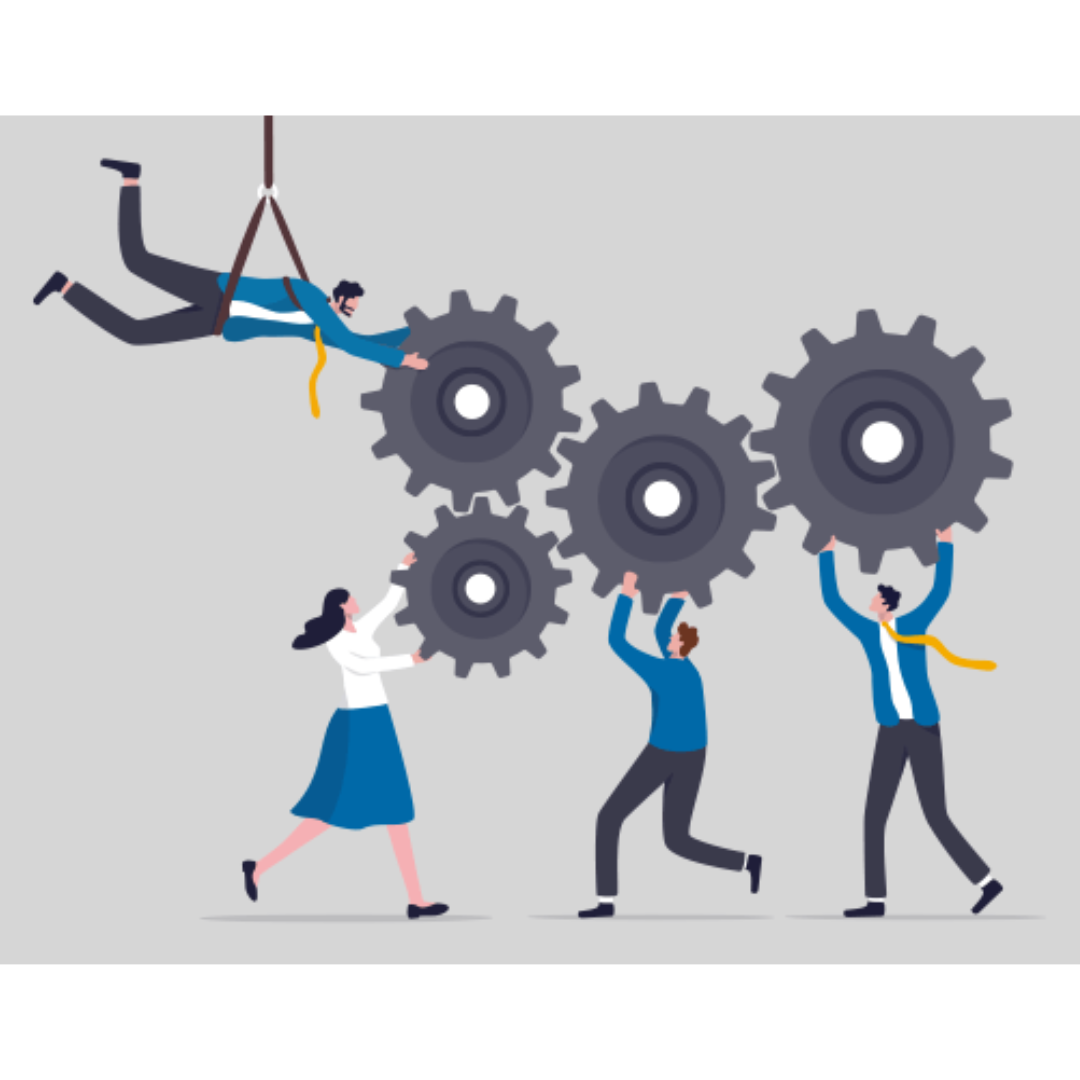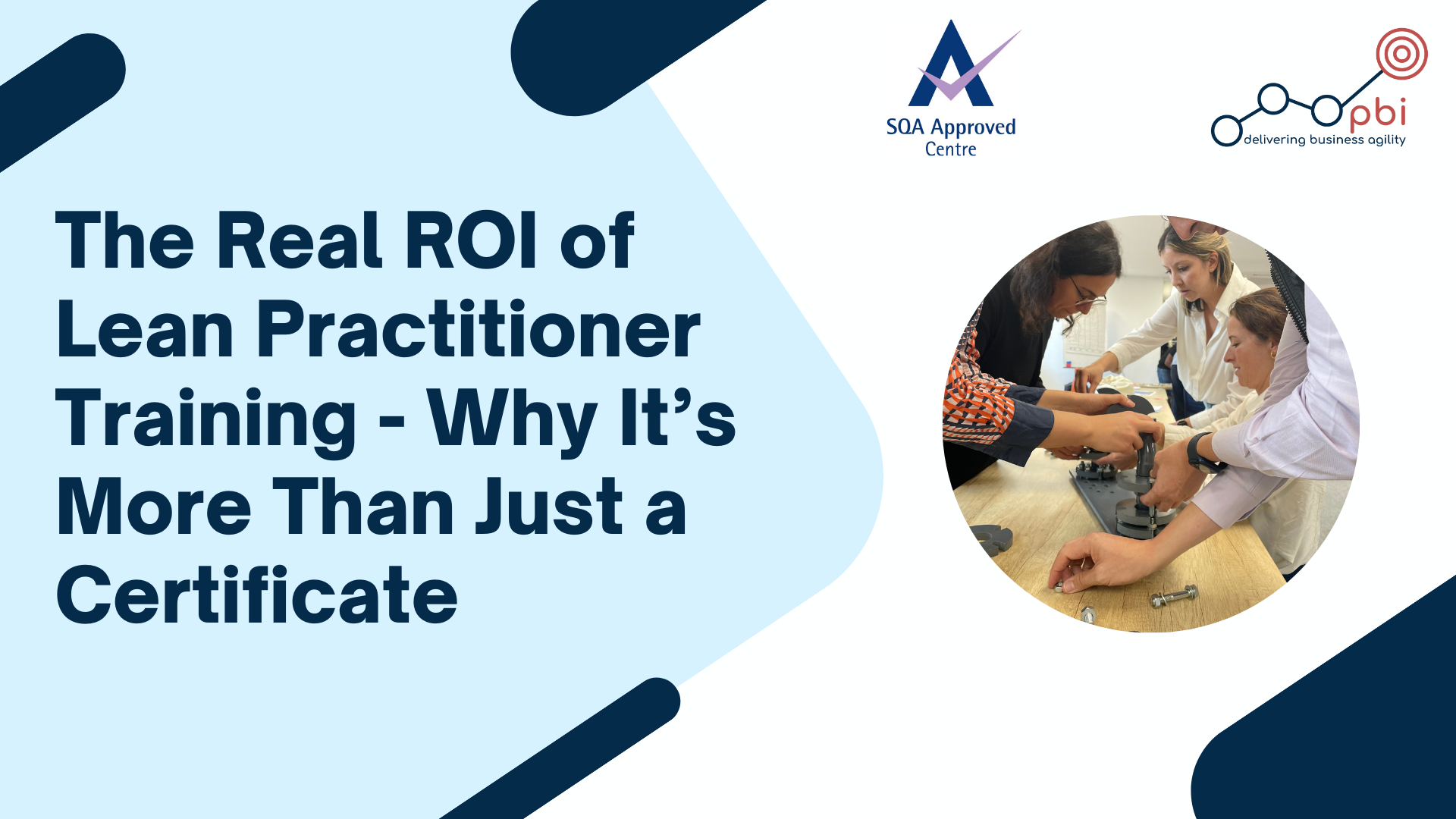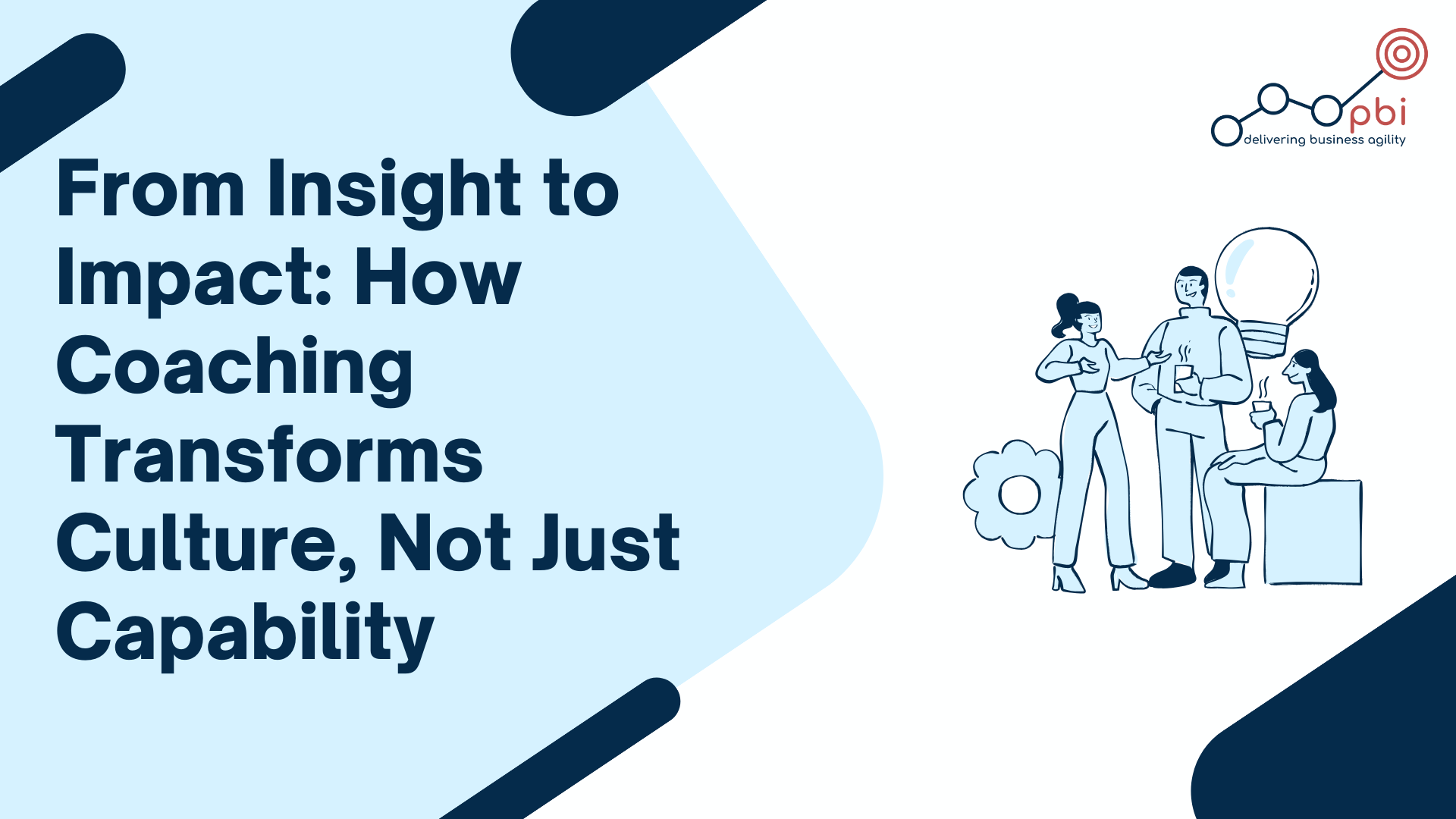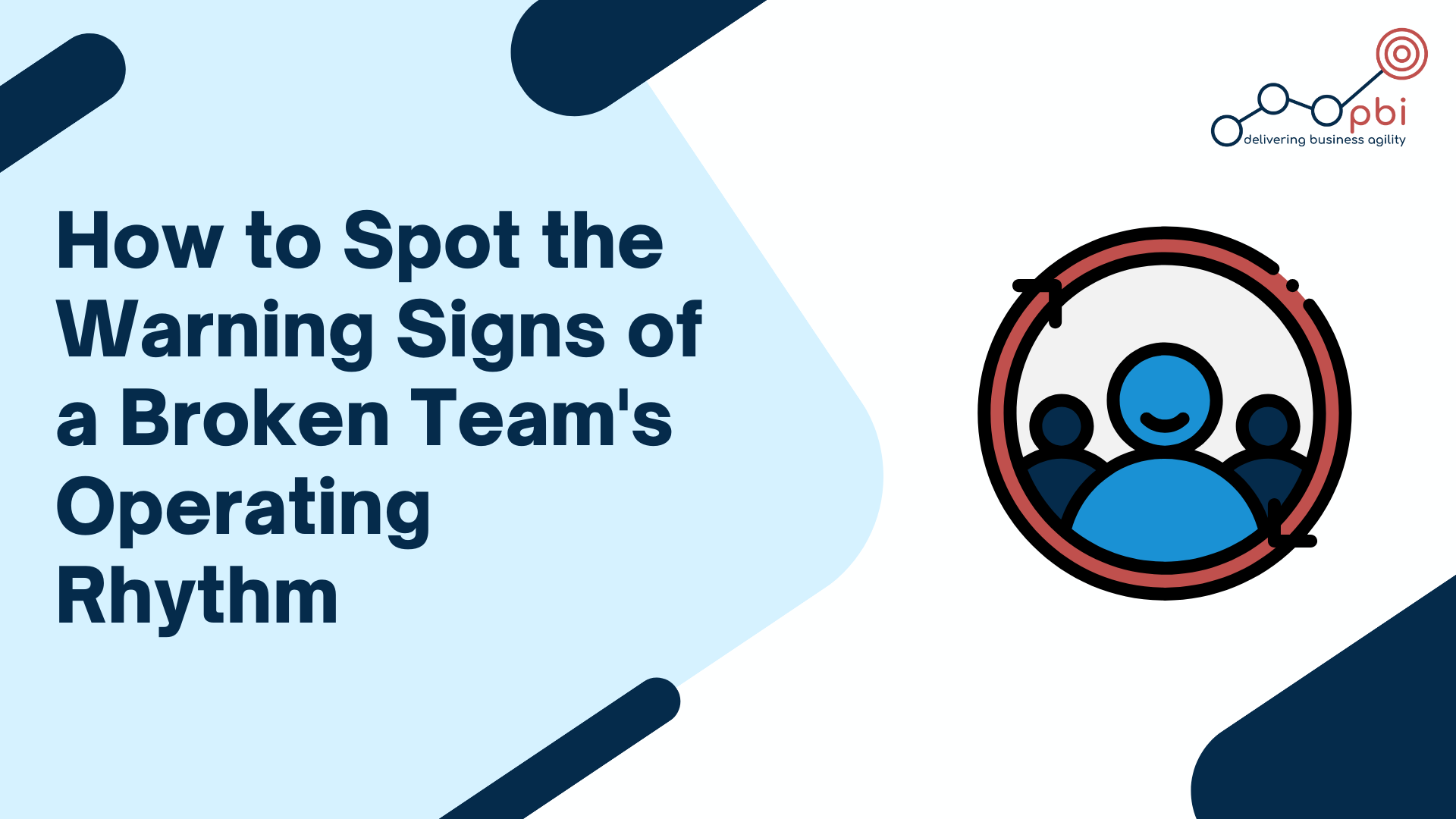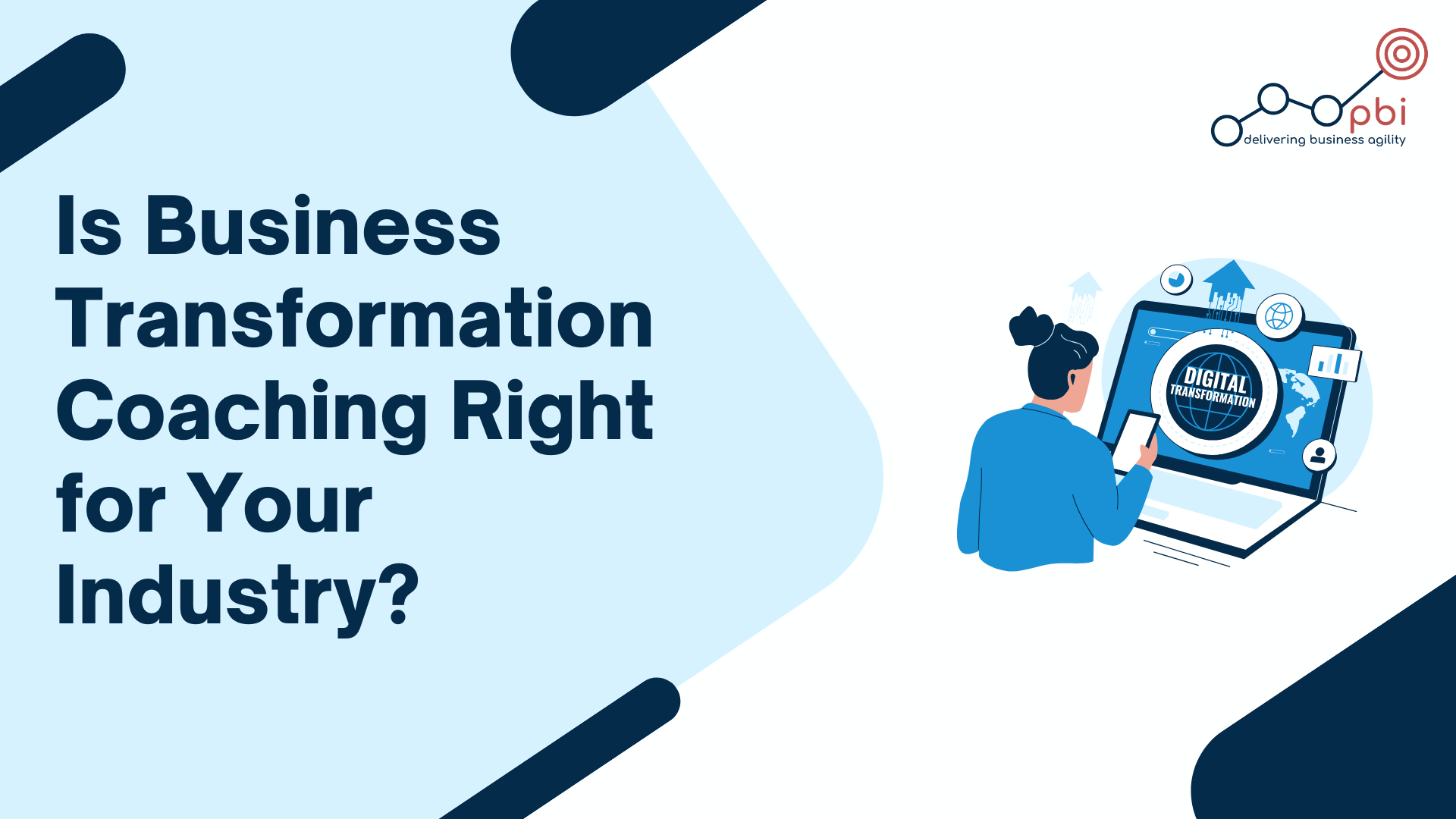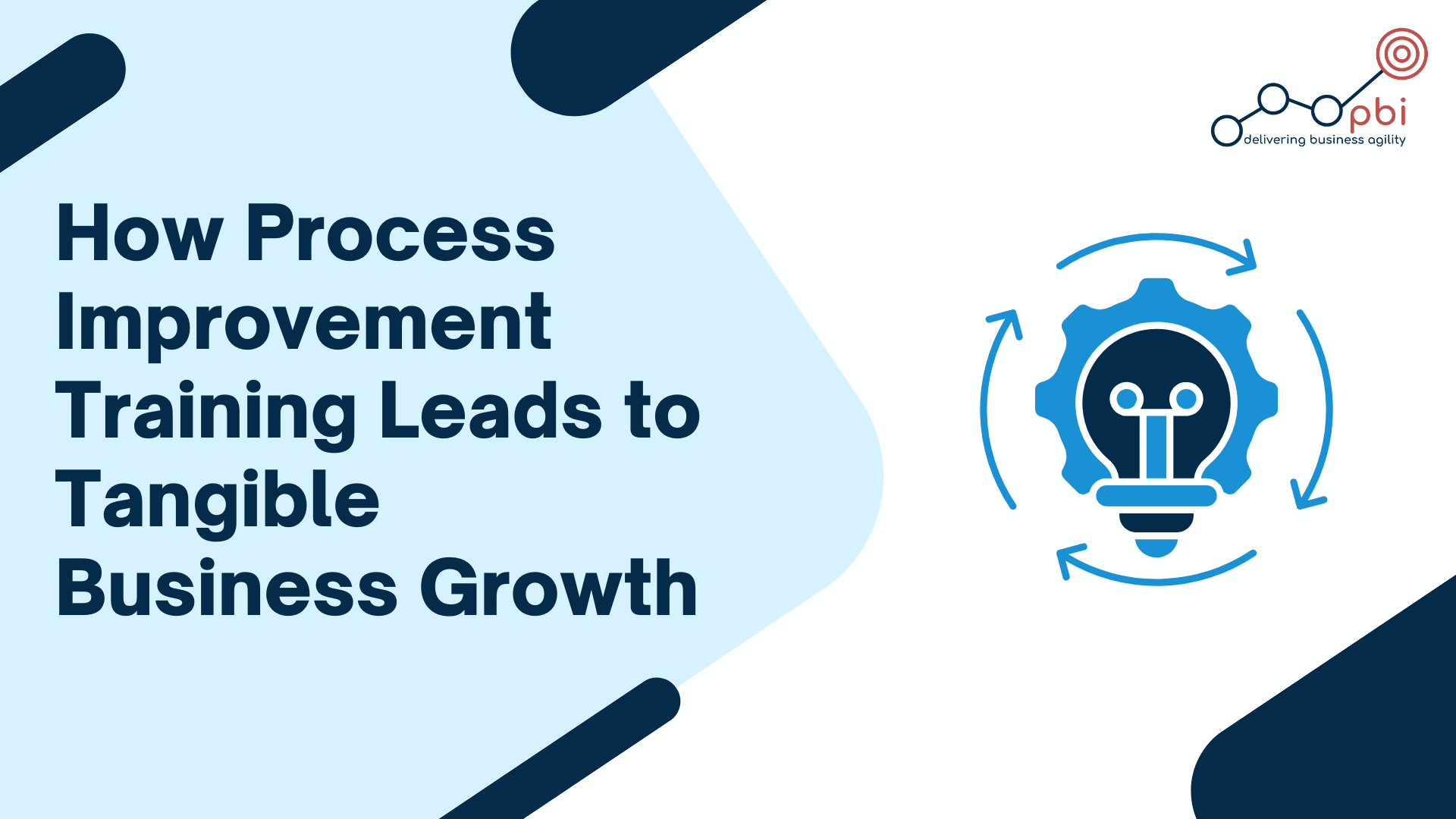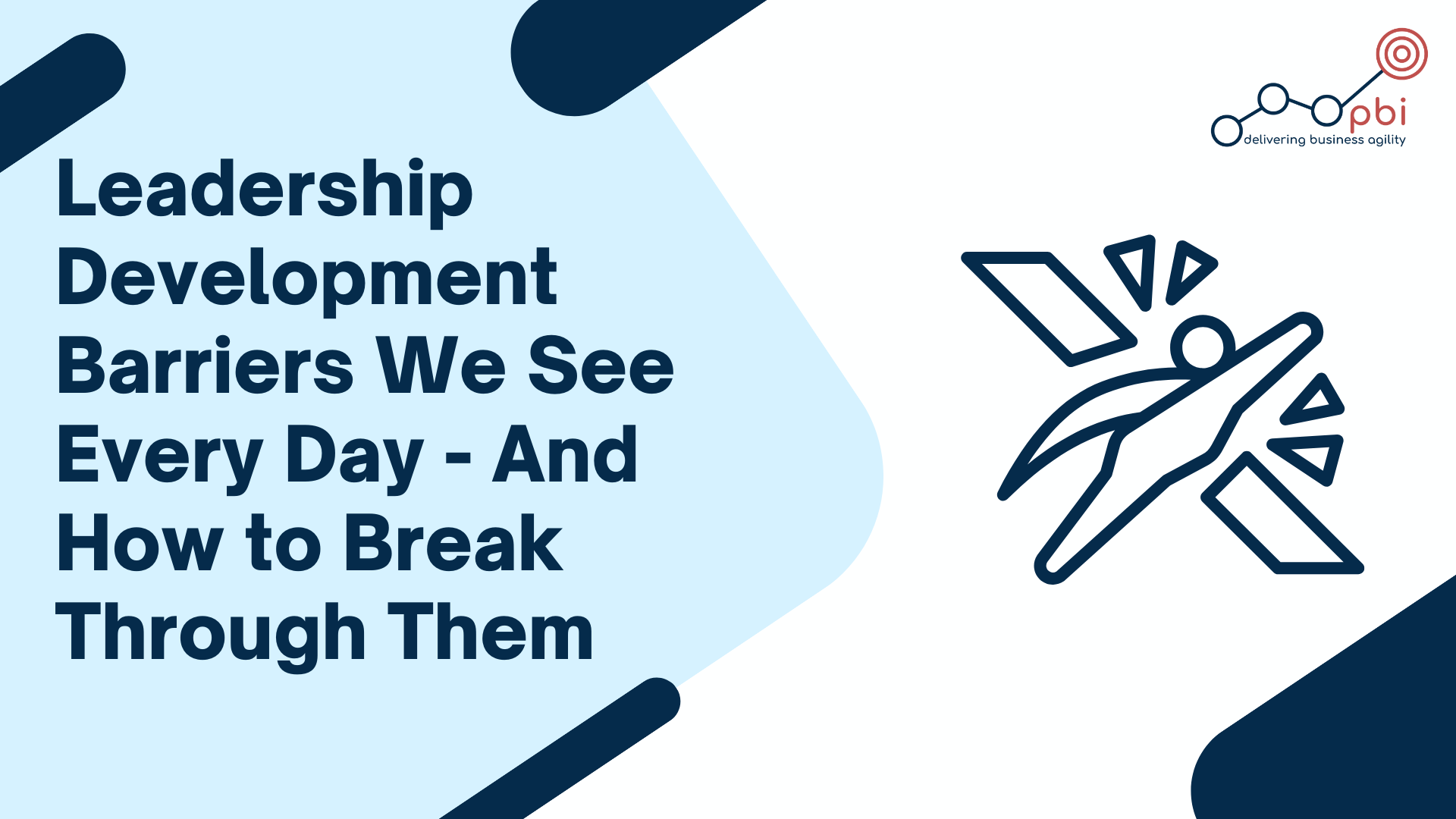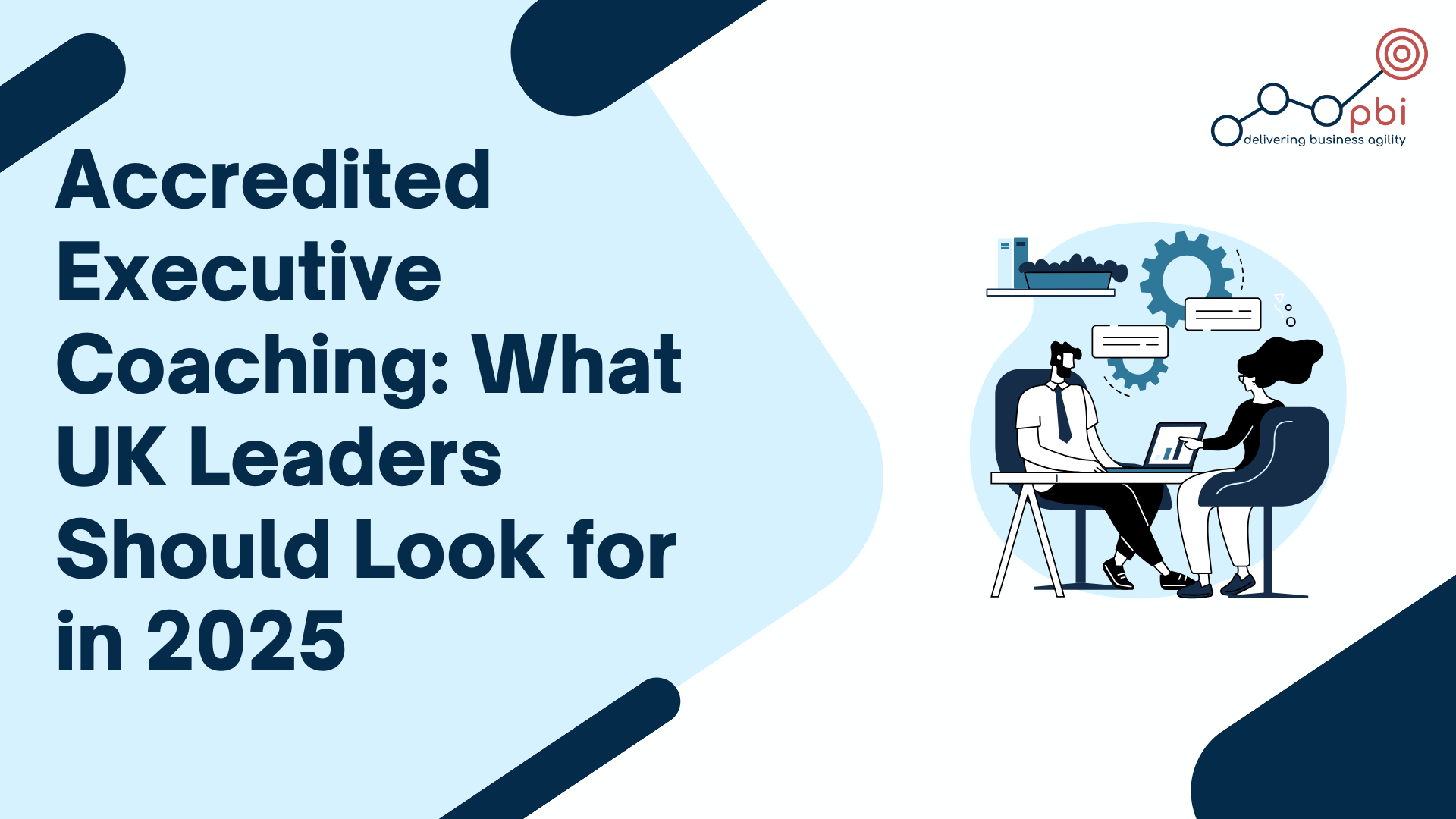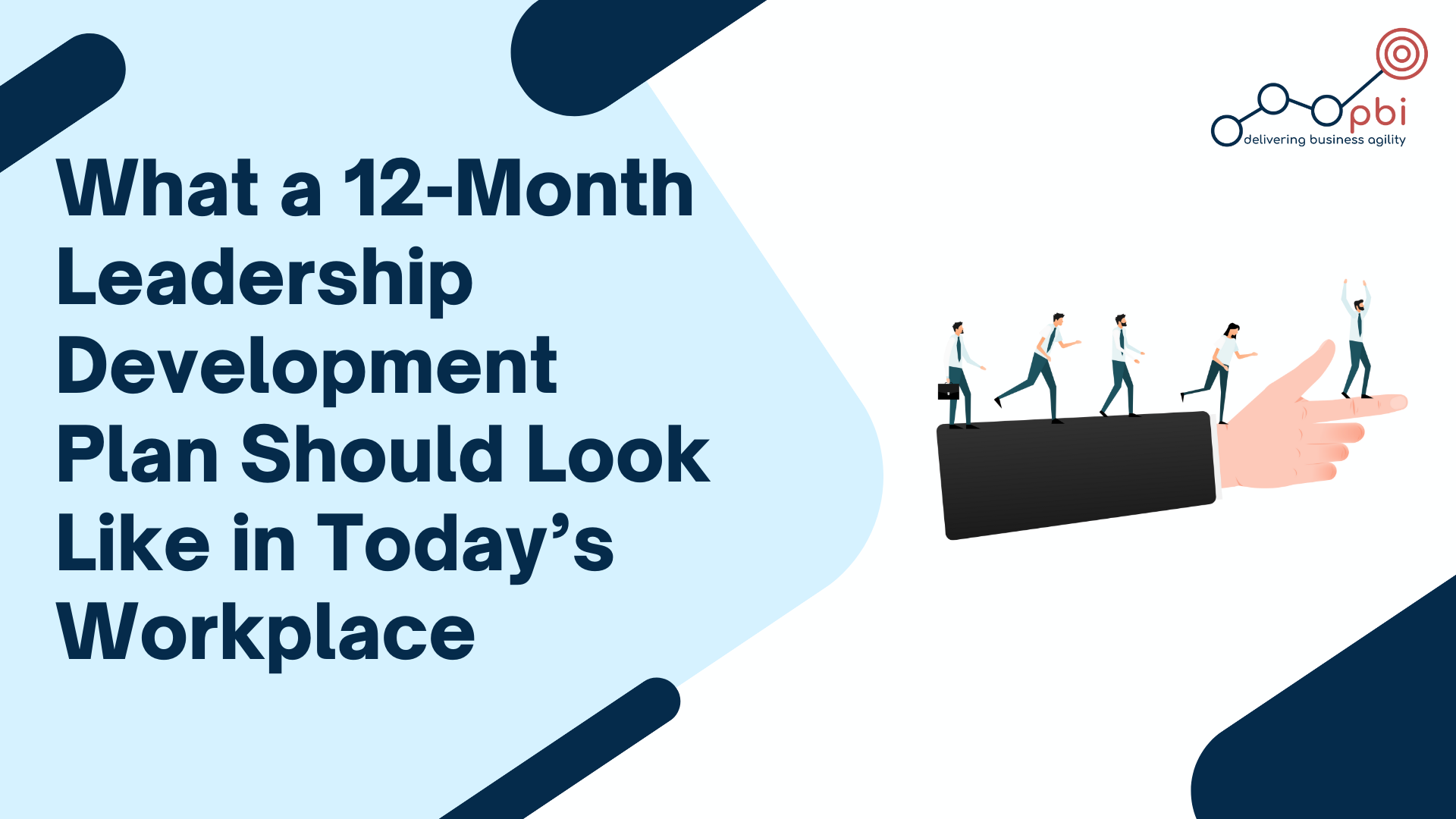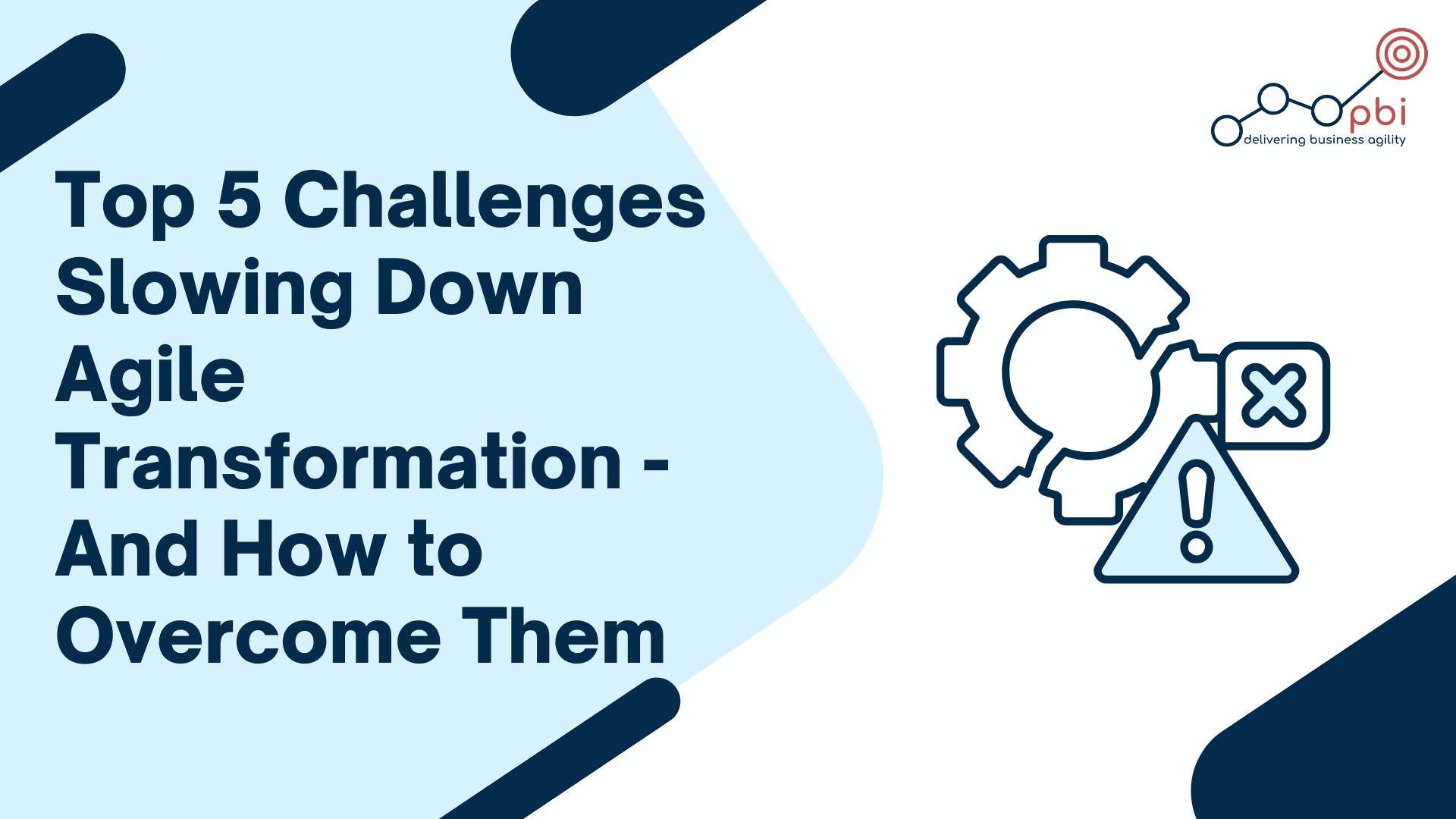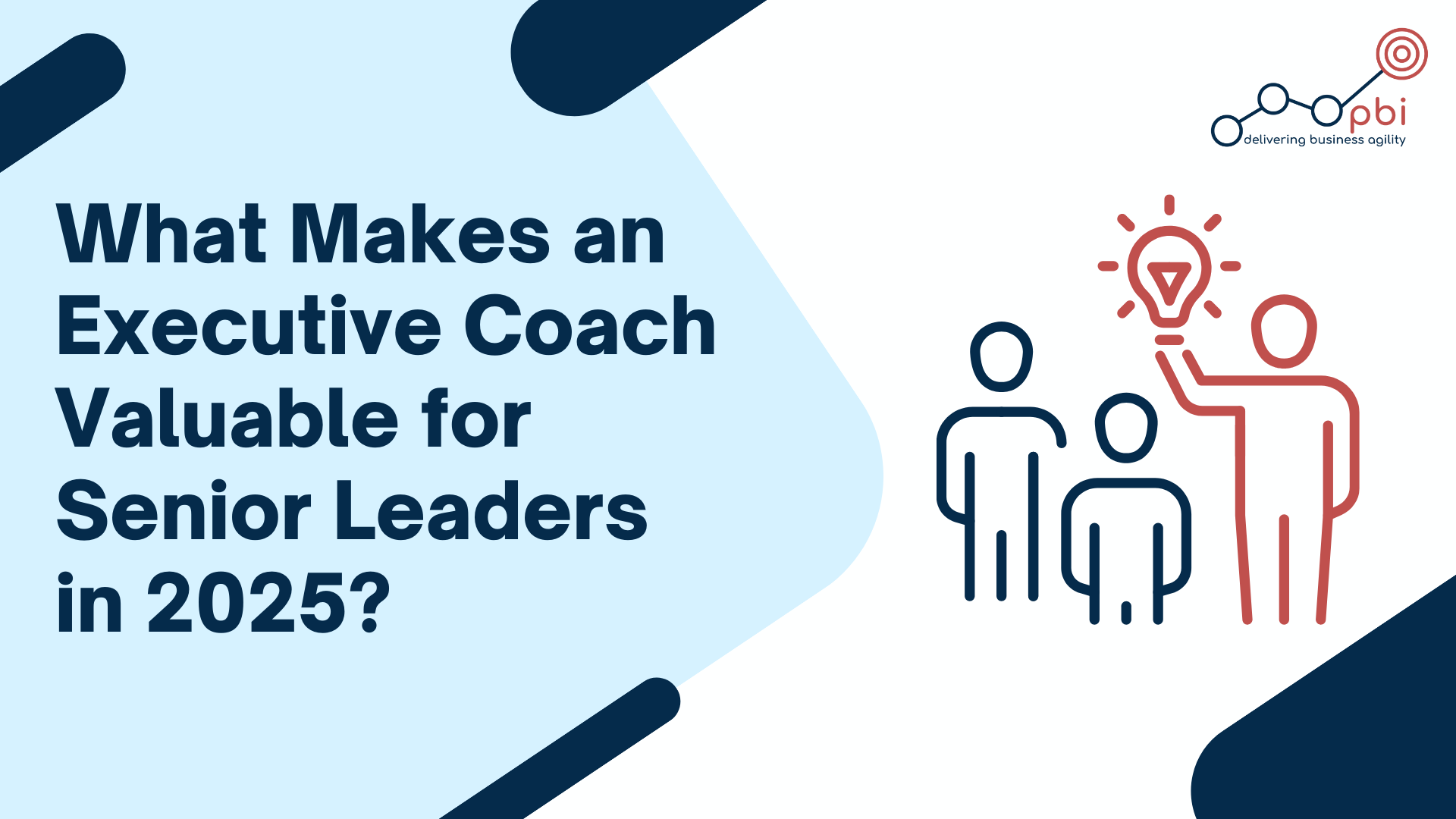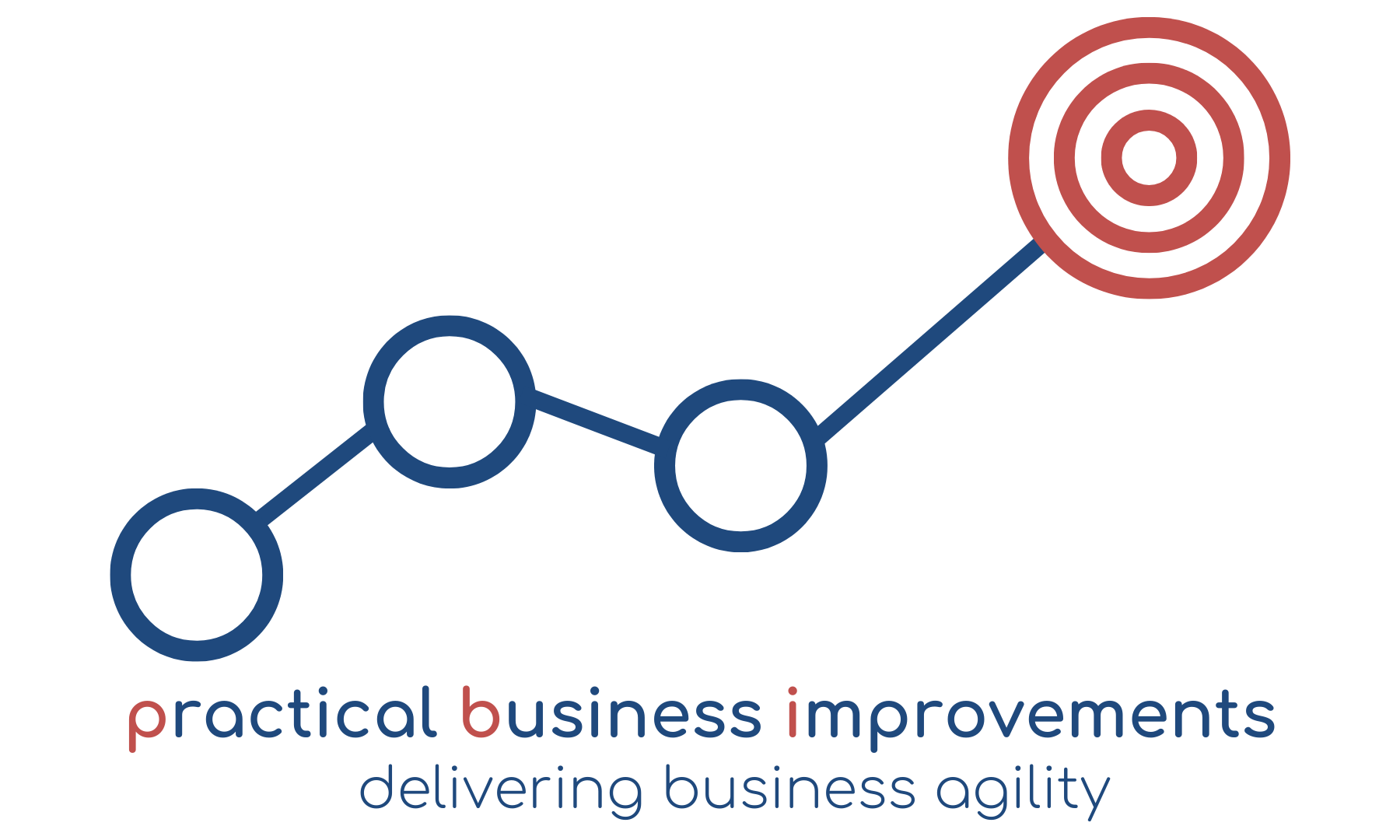In fast-paced industries where change is constant, one of the most powerful assets your organisation can invest in isn’t just process, tech, or systems, it’s people. Building internal capability means equipping individuals with the tools, confidence, and ownership to lead and sustain transformation themselves. At PBI, we’ve seen time and again how this approach turns theory into action, and ambition into real, measurable results.
Why Internal Capability is a Strategic Priority
Organisations today face mounting pressure to deliver faster, reduce waste, and stay resilient in a shifting landscape. But without embedded skills and behaviours across teams, even the best strategies stall. Internal capability ensures that transformation efforts don’t rely on a few experts or external consultants, it spreads the know-how and ownership across the business.
This becomes especially important in sectors like renewable energy, where rapid expansion, globalisation, and cross-functional collaboration are the norm. One of our recent clients in this sector experienced a 5x growth target, with new markets, larger projects, and increasingly complex operations. Rather than outsourcing capability, they wanted to grow it from within.
Real Results: Turning Learning Into Action
In that engagement, we helped build a network of over 40 certified Lean Practitioners and trained 100+ staff across 14 countries in Business Agility. What made this successful wasn’t just the training itself—it was the application. After each course, we supported teams with coaching, project implementation, and continuous development pathways.
Some results from this approach included:
• 20+ internal improvement projects launched within 6 months
• Daily Huddles and Campaign Rooms embedded across departments like Engineering, HR, Finance, and Legal
• Structured visual management systems deployed globally to improve communication and delivery
• Practitioners facilitating their own VSMs and Kaizen Events with measurable impact
The real win? A shift in culture. Teams started identifying opportunities, using frameworks independently, and leading change without waiting for permission.
What It Takes to Build Capability That Sticks
Our internal capability model blends structured learning with immediate, practical application:
• Awareness Level: Online and virtual training to introduce Lean & Agile ways of working
• Knowledge Level: In-depth courses tailored to teams and departments
• Skill Level: SQA-accredited Lean Practitioner qualification (SCQF Level 7)
• Mastery Level: Ongoing coaching, project sponsorship, and a Passport Programme to track real-world application
Every stage is designed to build confidence and foster autonomy - so teams not only learn the tools, but use them, improve them, and pass them on.
Conclusion: It’s Not About the Tools, It’s About the People
Building internal capability is more than a learning initiative, it’s a leadership mindset. When you invest in your people’s ability to lead change, you unlock momentum that no outside-in model can match.
If you’re looking to create a self-sustaining, organisation-wide improvement culture, we’d love to show you how others have done it, and how you can too.
